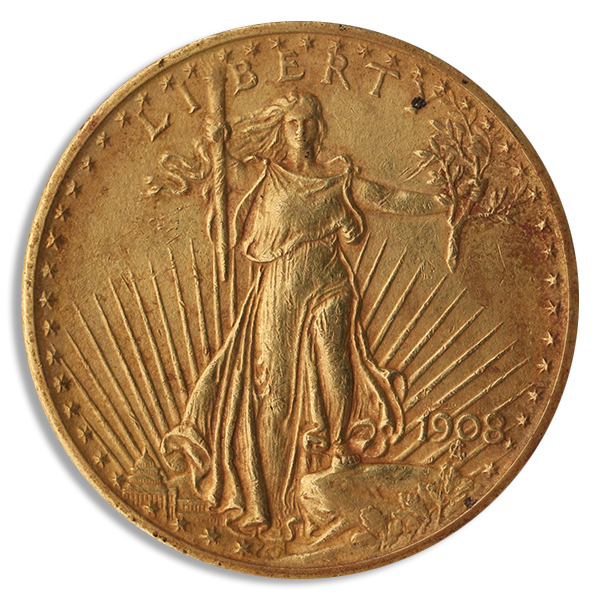1893-CC $5 Liberty PCGS MS62 CAC


.
Blanchard prides itself on sourcing the highest quality numismatics available anywhere. If there is a coin that you are searching for, contact us today. Learn more









The inclusion of the motto in our coinage stemmed from the advocacy of Reverend Mark R. Watkinson from Ridleyville, Pennsylvania. The tumultuous uncertainties and horrors of the Civil War evoked profound religious sentiments among the populace, leading Rev. Watkinson to propose this acknowledgement. Secretary of the Treasury Salmon P. Chase concurred, and, using his discretion regarding coin inscriptions, had the motto initially incorporated onto the 2-cent piece in 1864. Originally intended as "In God Our Trust," the influence of Chase's collegiate alma mater may have led to the final version. Secretary Chase, a graduate of Brown University, which bears the motto IN DEO SPERAMUS, translating to "IN GOD WE HOPE," likely considered this when determining the exact phrasing of the motto. The Coin Act of March 3, 1865 bestowed discretionary authority upon the Treasury to include the motto "on all coins able to accommodate it," implying coins with sufficient space. The Mint interpreted this to encompass all silver coins larger than a dime, half eagles, eagles, and double eagles. It wasn't until 1908 that Congress mandated the inclusion of the motto on both gold and silver coins. In 1955, Congress passed legislation requiring the motto's presence on all coins.
With the exception of 1873, all With Motto Half Eagles dated prior to 1878 exhibit low mintages, rendering them rare and highly valuable. The root of this scarcity lies in the Civil War. Throughout the war, gold coins were hoarded, and banks suspended specie payments. This hoarding practice led to a two-tier pricing structure, where products purchased with paper currency cost more than those bought with gold. Minted gold coins were primarily reserved for international trade, bank reserves, and specific contracts stipulating gold-only payment. The year 1873 stands as an anomaly, as the Treasury deposited significant quantities of aged, worn, and obsolete gold coins for re-coinage. Following the resumption of specie payments by banks in 1878, mintages surged dramatically, resulting in a substantial influx of half eagles into circulation.
Collectors pursue this coin as a Type or as part of various sets. In addition to assembling sets based on individual dates or date and mintmark combinations, a popular approach involves obtaining one coin from each of the seven Mints that produced half eagles, since half eagles are the exclusive coin produced by all seven U.S. Mints.
A LITTLE STICKER MAKES A BIG DIFFERENCE.
Within each number of the coin grading scale is a small range of condition from low-end to high-end. Certified coins of the same grade can be of varying quality. Many of today’s collectors want coins that are solid or premium quality for their assigned grade. CAC holds coins to a higher standard so you can be confident in the value of yours. We verify previously graded coins … and award our sticker only to those coins that meet the standard for today’s selective buyer.
WHAT THE CAC STICKER MEANS:
- Verified. Your coin has been verified as meeting the standard for strict quality within its grade.
- Guaranteed. CAC stands behind our verification.
THE CAC STICKER IS BACKED BY EXPERIENCE.
CAC was founded by leading members of the numismatic community, including John Albanese, a respected authority on coin grading and the rare coin market.




 Quick View
Quick View





